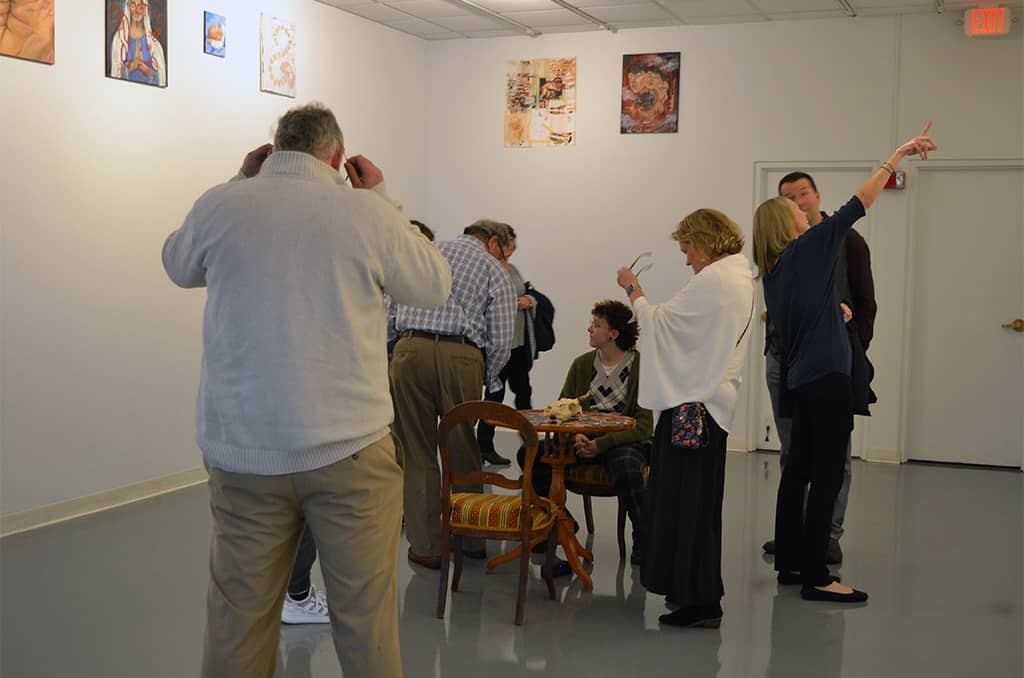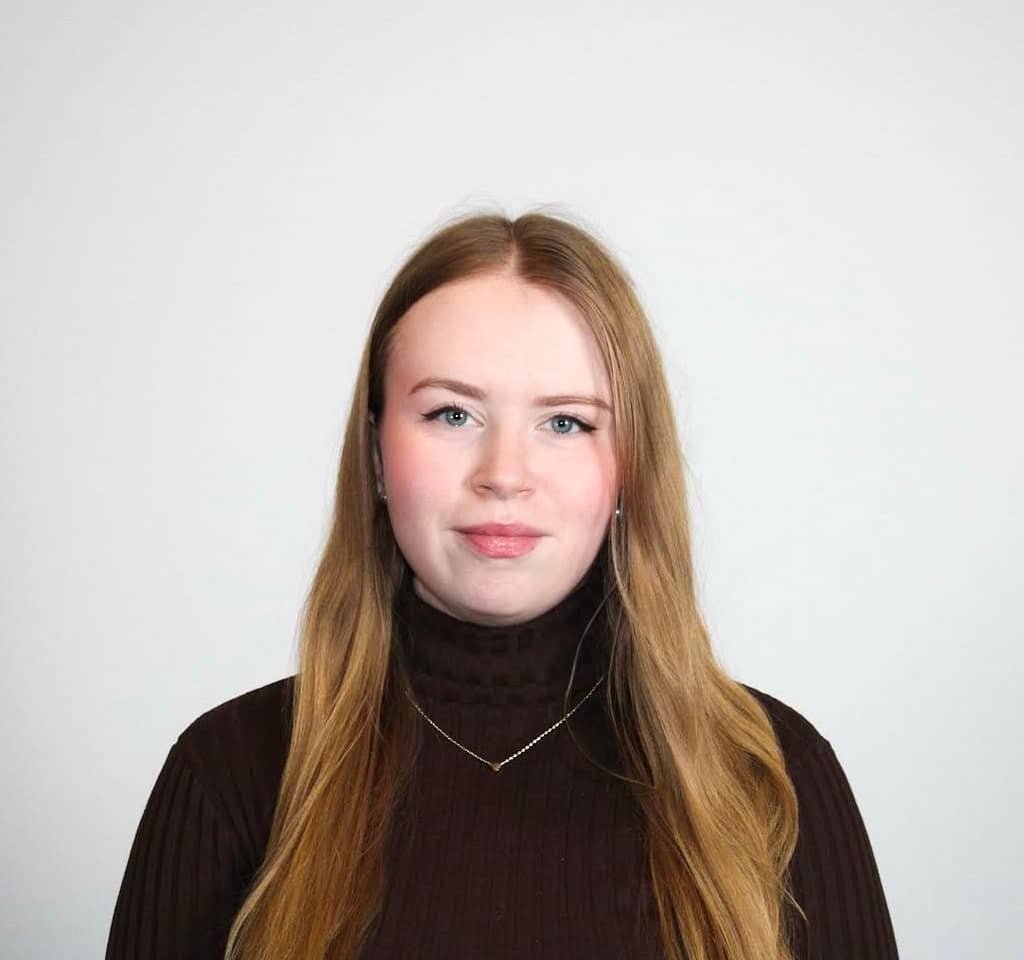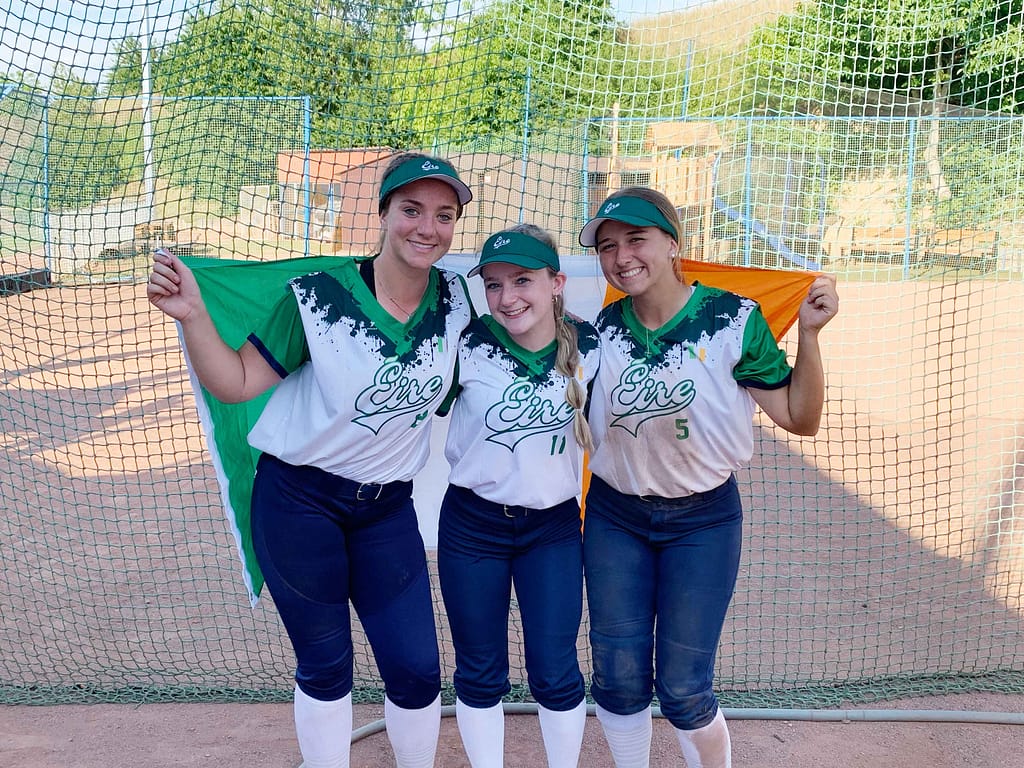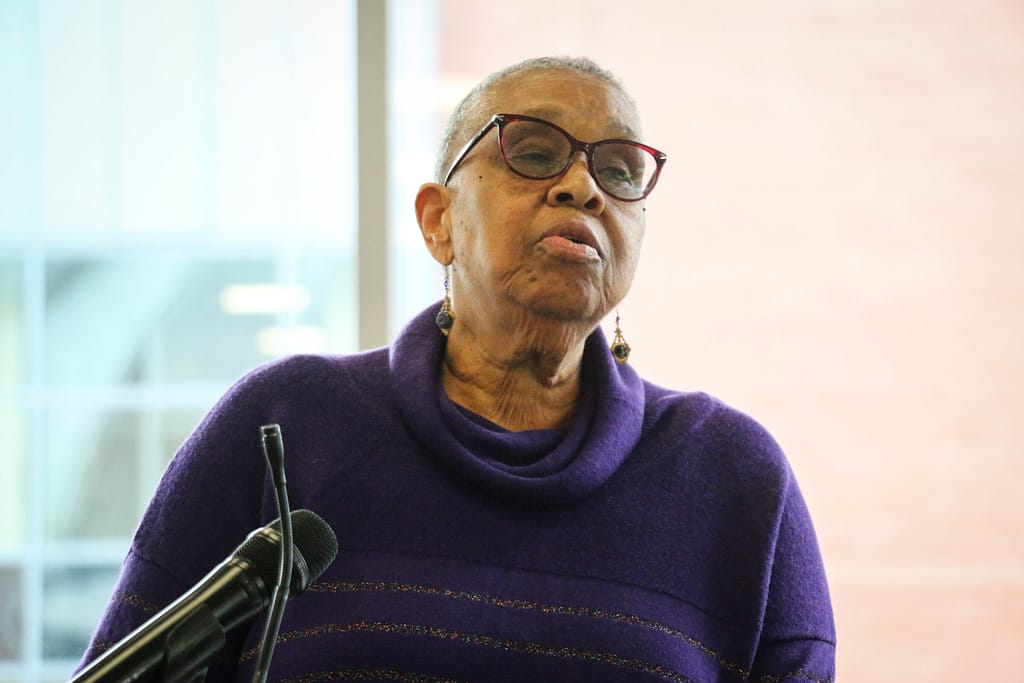Academic Symposium a great success with help of technology
As last year with pandemic limitations, students present work live on Zoom or post prerecorded material, with nearly 120 covering topics from art and music to liberal arts and sciences
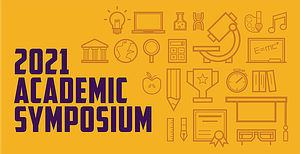 For years before the COVID-19 pandemic hit in March 2020, Academic Symposium at Saint Michael’s College was a much-anticipated day in the spring for student-scholars to present posters, live talks or performances throughout campus over a Friday and Saturday in April – often the culmination of extended research or artistic expression, eagerly shared and appreciated with fellow students and faculty/staff, or perhaps even family or local alumni who could manage to visit.
For years before the COVID-19 pandemic hit in March 2020, Academic Symposium at Saint Michael’s College was a much-anticipated day in the spring for student-scholars to present posters, live talks or performances throughout campus over a Friday and Saturday in April – often the culmination of extended research or artistic expression, eagerly shared and appreciated with fellow students and faculty/staff, or perhaps even family or local alumni who could manage to visit.
But this year and last, knowing that COVID protocols would not allow such an event as previously experienced, faculty and administrators sought and received impressive technology assistance from Anne Crowley, the College’s instructional technologist, to assure that Saint Michael’s students would have a chance to have an Academic Symposium, despite inherent limitations. And so they did, both last April, and again this past Friday and Saturday (April 23 and 24), though in a virtual world of live Zoom or pre-recorded presentations.

Ruth Fabian-Fine
To some, the new delivery model even had advantages — several participants or faculty said afterward that it allowed for better focus, visibility for viewers and the potential for more-practiced and polished presentations. The chief faculty organizer of this year’s Symposium, Ruth Fabian-Fine of the biology/neuroscience faculty, explained:
“Basically it was structured like a Canvas course,” she said, referring to the online content delivery system that St. Mike’s faculty widely access for regular classes, particularly in the past few semesters. “The Friday sessions this year were going on ‘synchronously’ or at the same time like the ones we had in person here during earlier years, but students presented their work on Zoom in real time for one another and any guests.” Then, the “asynchronous” part of the Symposium consisted of prerecorded presentations of posters or other work that any interested viewers could click and see whenever convenient. For many PowerPoint or artistic and graphic works, it allowed a better view of work than might a passing squint at a computer screen or poster during the live presentations as viewers walked by in the old model.
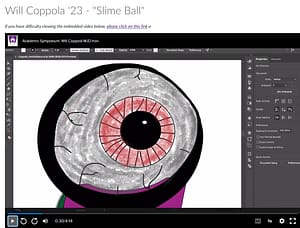
The project of Will Coppola ’23 for the MJD– Art on Object projects, was “slime Ball.”
Fabian-Fine said another advantage was that, for the Friday live sessions via Zoom, alumni or relatives of the presenters were able to listen or ask questions. “In our biology session, for instance, we had alumni who zoomed in to participate,” she said. “It gives the families a chance to see what their children or grandchildren or siblings have learned and created during their time here – even if they lived far away.”
Anne Crowley, the instructional technologist, said she invested more than 200 hours just in assembling the Symposium project this year involving nearly 120 students total – an effort that shone through in the quality of the Canvas-based site that interested parties could (and for recorded presentations, still can) visit.
The online Canvas “class” Crowley created that delivered this virtual Symposium had more public access than a typical Canvas class site might have because she opened up the permissions more to accommodate that, she said.
This year, more than 60 students submitted recorded presentations that are still posted and viewable; likewise, the live presentations on Friday included 13 departments and involved close to another 60 students. Those “synchronous” sessions on Zoom looked much like the live ones of old – for instance, in religious studies, Department Chair Ray Patterson hosted and introduced presenters and moderated conversation after each while other faculty or fellow students asked questions of presenters. It was similar in other disciplines.
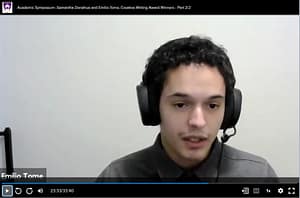
Emilio Tomé ’21 read his creative writing for the Symposium as a major prize winner this year.
Here are the departments that had “live” via Zoom presentations on Friday, April 23, 2021 between 1 p.m. and 4 p.m. (various start and end times): Biology & Neuroscience, Chemistry & Biochemistry, Computer Science, Fine Arts: Art & Design, History, Mathematics, Statistics & Data Science; Philosophy; Political Science & International Relations; Physics; Psychology; Public Health & COVID-19, Religious Studies; Sociology/Anthropology and Study Abroad. Recorded sessions (still viewable) made up the other component of the online Symposium. Just as a small sampler, here are some project titles to provide a general sense of the variety and extent of the student work shared this year:
Biology and neuroscience: “The Mental Health Benefits of the Natural Environment and Concerns of Climate Change”; also, “The Chernobyl Disaster: The worst nuclear power plant disaster in history.”
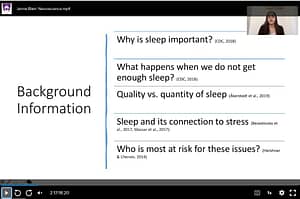
A neuroscience presentation by Jenna Blain ’21 was titled “Stress-Induced Dardiovascular Reactivity and Sleep in College Aged Individuals: Do Behaviors and Anxiety Correlate With Sleep?”
Chemistry & Biochemistry: “Synthesizing Sustainable Aviation Fuel from Waste Cooking Oil via a Niobium Phosphate Catalyst as Compared to a Palladium Catalyst.”
Classical and Modern Languages & Literatures: “Federica Garcia Lorca y Cuba.”
Economics: “The Impact of Women’s Education on Long-term Economic Development.”
English: presentations from creative 2021 writing award winners Samantha Donahue ’21 and Emilio Tomé ’21, reading from their work (recorded earlier in semester for award presentations).
Public Health: “Lending a (Socially Distanced) Hand: Increasing Empathy and Willingness to Help Saint Michael’s College Students Impacted by COVID-19.”
Religious Studies: “The Social Role of Saints and their Relics in Patristic and Early Medieval Christianity.”
Sociology/Anthropology: “Cultural Context of Restorative Justice.”

A video of a Zoom performance of a piece by the College Chorale for the Academic Symposium.
Fine Arts showcase: senior solo exhibits of many students, plus recordings of music students performing as chorale via zoom, or solos, or playing in instrumental ensembles.
Media Studies, Journalism and Digital Arts projects: “Troubled Teen Industry: for Better, For Worse, for Profit; and “Pandemic Streaming: THE Rise of Live Streaming in the Music Industry. And “I Can’t Play: Stories about Pollution, the Environment and Race in America.
Fabian-Fine said while nobody has had discussion yet of next year’s format, her guess would be that a hybrid model using the best of both worlds, both live and virtual presentations, if it can be worked out.



